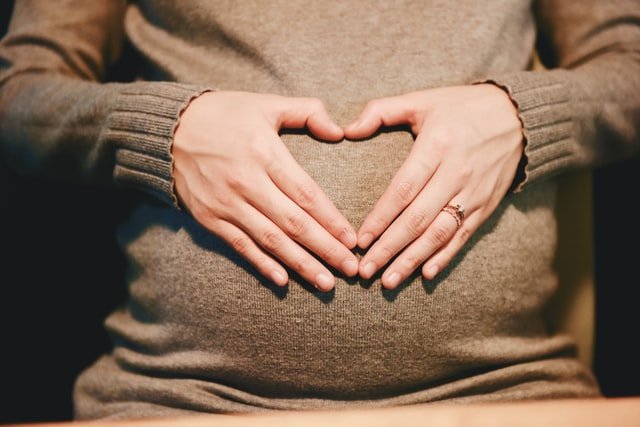Pregnant women want to return to their pre-pregnancy bodies as soon as feasible. The postpartum belt, also known as abdominal wrapping, is one of the strategies some individuals employ. While abdominal wrapping advocates tout the advantages of back and skin tightening, skin tightening, and muscle regeneration, what if you’ve had a c-section? If this is the case, you may want to see specialized c-section belly bands. Before you put on a postpartum belly belt, here are some things you need to know about the procedure and how to wrap your recovering body with a belt. This year’s birth rate in Australia for females between fifteen and forty-four years is down somewhat from the decade before (57.6 per 1,000 women in 2019 compared with 64.6 per 1,000 in 2009). There has been a lift in the average age of women who have given birth from 30.0 years to 30.8 years since 2009 in Australia.
What is abdominal wrapping?
When you’re pregnant, your skin and abdominal muscles expand to accommodate the movement of your internal organs and the growth of your kid. Some individuals are left with loose skin and a gap between their ab muscles after the birth of a child because the body inserts fat cells to sustain the shift. In the postpartum period, abdominal wrapping may provide a layer of support for the lower back and reinvigorate the abdominal muscles. It may also aid in the reshaping of the skin.
Even after the baby is delivered, the body continues to generate hormones that encourage the ligaments to relax and stretch (the same ones that allowed your body to accommodate a baby in the first place). The belt helps keep your body in position until the hormones are expelled from your system.
Are C-section belly bands influential?
After delivery, many women swear by the benefits of belly bands. They wear them immediately after delivery and in the weeks and months after birth because of their support. They are designed to help expectant mothers regain the strength and stability they had lost during pregnancy, which is common in all pregnancies, by providing support and stabilization. In addition to reducing any postpartum pain or discomfort, they may help reduce your uterus back to its pre-pregnancy size. It implies that you may be able to return to your daily routine sooner than you previously thought possible.
When can your c-section tummy be wrapped?
If you’ve had a c-section, you should speak with your doctor before using a postpartum belly belt. Postpartum belts may be used immediately after a vaginal delivery, but the typical recommendation is to wait until the incision from a c-section has fully healed. Several research referenced by proponents of postpartum belts is not related to c-sections or pregnancy in any way, shape, or form. After a general surgery, abdominal wraps are often used as an aid in recovery. A lack of detailed research supporting the advantages of c-section support may lead you to draw different conclusions from these generalizations. Avoid making your wound or scarring worse by ignoring the advice of your doctor or healthcare provider once again. A postpartum belt is acceptable to wear for six to eight weeks under typical conditions.
Are postpartum belts safe to wear?
Waiting longer than six to eight weeks may not be the end of the road for you. Wearing the belt throughout the first two to four periods of pregnancy is recommended by proponents, so there may yet be time for you to get started. The sooner you start wearing it again once you’ve recovered, the better.
Do you know how to wear it properly?
It’s time to learn how to properly use a postpartum belly belt once your c-section incision has healed and your doctor has provided you with the all-clear. Some of the most frequent are:
● Wraps — soft and made of fabric – may be used only a few days after giving birth.
● A corset is a tight and highly structured garment that is meant to be worn beneath clothes belts.
● Medical specialists often recommend the belt because of its adjustability and safety in usage. As long as you don’t wear it, it shouldn’t restrict your breathing or produce any irritation.
To avoid the risk of developing a hernia, these belts should not be worn for long periods. Remove the belt if you plan to sit or lie down for an extended period.

